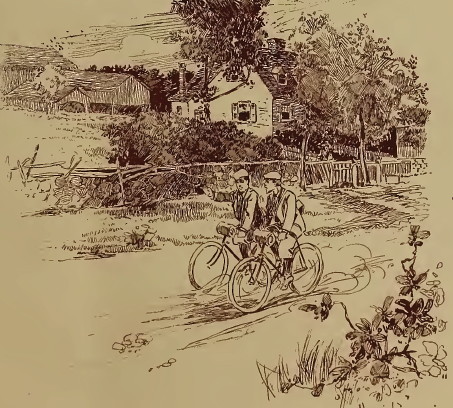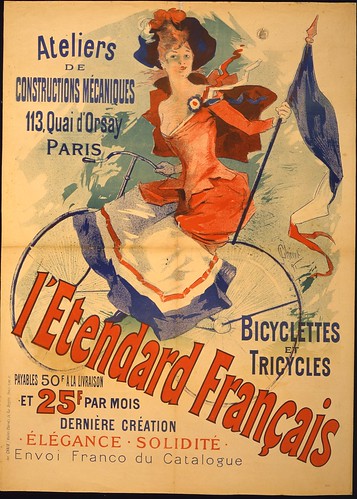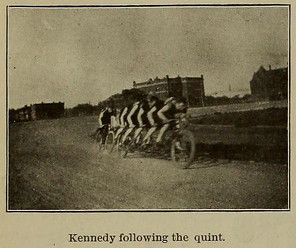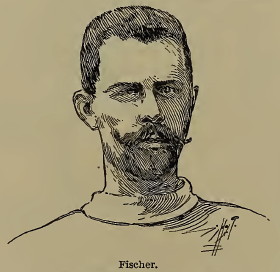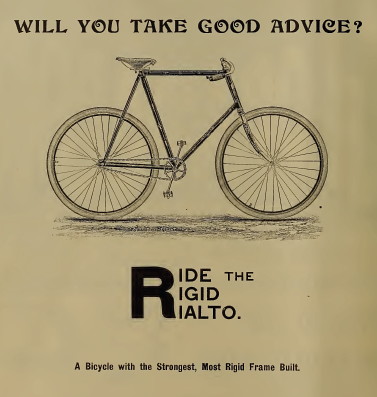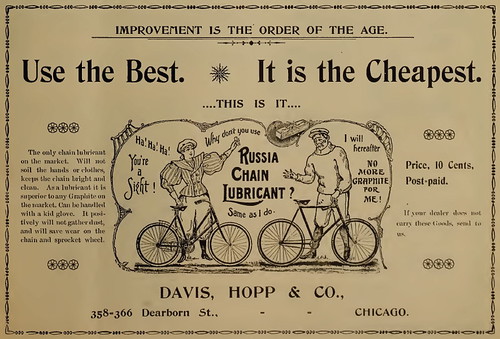 100 Years Of Bicycle Component And Accessory Design: The Data Book (Cycling Resources) by Van Der Plas Publications
100 Years Of Bicycle Component And Accessory Design: The Data Book (Cycling Resources) by Van Der Plas PublicationsMy rating: 3 of 5 stars
The sub-title on the book itself is "authentic reprint edition of the data book." The "data book" referred to is a 1983 Japanese publication that Is several hundred pages of line drawings of parts of bikes, apparently taken from a variety of publications. It is somewhat whimsically organized, grouping together particular components and then providing examples from the 1880s through the 1950s. (It isn't clear why it refers to 100 years of data; the book doesn't cover 100 years.) the book was compiled for Japanese cycling enthusiasts originally. The Japanese book translated is a compilation from four longer volumes of similar materials put together by the president of the Japanese Joto Ringyo bicycle company.
The book's description says it includes English translations of the Japanese text, but there is little text provided so this doesn't amount to much. Apparently this American edition sound some interest since the copy I have is a second printing. Still, it is Something for enthusiasts and the almost complete lack of information about what one is looking at is peculiar. This book is not to be confused with something like "the Dancing Chain."
I happened to find this at Half Price Books in Seattle for 20 dollars and at that price it has a certain entertainment value but at the original price of $39.95 it doesn't seem worth having.
View all my reviews
